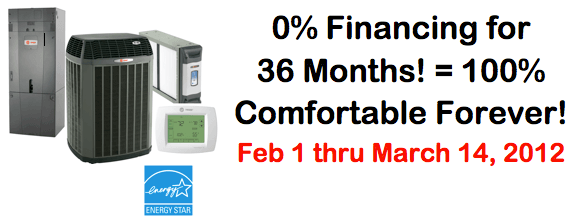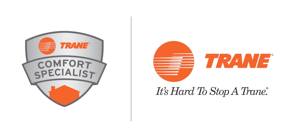Are you considering a heating system replacement for your Bayview home?
Good for you! After all, it’s usually a sound investment that generates savings both in heating costs and repair bills, plus it keeps your family happy and comfortable.
Before you take the plunge on new equipment, though, you may want to get a home energy audit. What you find may help you choose the right system or even decide you don’t need to make the leap after all.
A home energy audit is essentially an inspection by a professional of the materials used to insulate your home. This includes not just the insulation in the walls, but also the walls themselves, along with windows, doors and so on. The idea is to figure out how much heat is escaping your home to the outside, so an audit may also include looking at ducts, vents or anywhere else where air could flow through.
So what does an energy audit have to do with a heating upgrade?
Think about it like this. There are two ways to make your home warmer: increase heat gain (e.g., get a more efficient heating system) or decrease heat loss. If you are able to do the latter, you may find that the former is unnecessary.
For example, you may get an energy audit and discover that by installing new windows and resealing your doors, you can increase heating efficiency by 10%. This could have big implications for your decision to get a new heating system, as you may decide that you can save money by getting a smaller capacity furnace.
You may even realize that you no longer need a new furnace at all!
Of course, you may still need a new heating system regardless. This is possible, but if it happens, so what? You have lost nothing by getting the audit — and you may have learned something about your home’s efficiency — and you wind up with the new system you were going to buy anyway.
Either way, a home energy audit is a diligent first step in upgrading your home’s heating efficiency. To lean more call ACI Northwest


